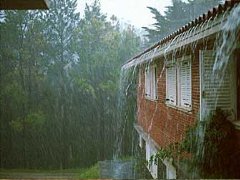Home »Information
climate
 Patagonia presents a series of climates and micro climates, depending on the relief, the ocean and the winds of the region. Different to other parts of the country, where the Andes are the natural limit between Chile and Argentina, in Patagonia the Andes limit wth the Pacific Ocean directly. This characteristic affects the weather and the flora of Northern Patagonia.
Patagonia presents a series of climates and micro climates, depending on the relief, the ocean and the winds of the region. Different to other parts of the country, where the Andes are the natural limit between Chile and Argentina, in Patagonia the Andes limit wth the Pacific Ocean directly. This characteristic affects the weather and the flora of Northern Patagonia.
In Torres del Paine the weather is very nice, with temperatures that can reach the 30C in summer. However, the temperatures lower considerably in altitude, and that's why all the mountains are always snowed. In the coast, in the Pacific, the weather is colder and more humid.
Further south, in Punta Arenas and Puerto Williams, the Andes disappears completely, allowing the strong winds from the Pacific do their work in Patagonia when they reach 40 kms per hour in summer, and stopping almost completely in winter. Besides, this area is located in a minor sunstroke zone, because of its latitude (51� y 56�S.) At the same time, the water it is surrounded by levels the average temperatures.
In Southern Chile, sunlight hours are also different compared to the rest of the country. In winter they are only a few, and in summer there can be almost 18 hours of sunlight, as it happens in December.
All the factors mentioned before create three different zones in the area: "litoral and insular" (Aysen) where the rain is about 3.000 mm a year; the "transition" zone in Coyhaique, with 950 mm of rain a year and the pampas zone, in Balmaceda, where it rains about 500 mm a year.

